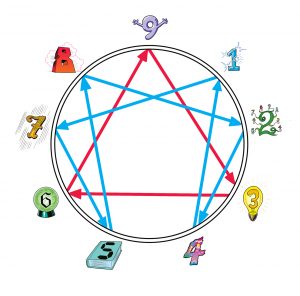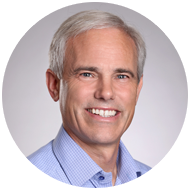Since we’ve been experiencing record breaking heat this summer, I dedicated this July 2024 edition of the Climate Moment to heat and how it affects our weather. I presented this Climate Moment talk to my Provisors Palo Alto 1 group on Friday, July 12, 2024.
#climatechange #climate #climatemoment #heatwave
Transcript
Since we’ve been hearing a lot about heat in the news lately, this month’s Climate Moment is the heat edition. This chart here shows the average monthly temperature of the atmosphere [surface air measured at 2m.] And you can see over the last 12 months that the red line on the top has been over 1.5 degrees C every single month. On average, it was 1.64 degrees C. Now, you might know that 1.5 degrees C is the Paris Limit. So already for the past year, we have been over the Paris Limit.
But that’s not the whole story. The bigger story is the oceans, because most of the energy that’s being trapped in the earth is going into the oceans. And now you can see here, this is a chart of the northern hemisphere oceans. And you can see how much heat is being trapped there. And that is still going up.
Now, you ask yourself, how do we turn that around? Well, the way to know that is by something called Earth’s Energy Imbalance. And this is the amount of energy coming in from the sun and then being radiated back out into space. And that yellow line shows the amount coming in. The red line is the line going out.
And ideally, you want them to be the same or zero imbalance. But you can see now that over this last 20 years, it started a little under a half a Watt imbalance, and now it’s up at 1.4 Watts imbalance. So, it’s getting bigger and it’s going to continue to get bigger as long as we continue burning fossil fuels, emitting CO2, and then trapping the heat in the system.
And until we stop burning fossil fuels, the weather forecast is… more extreme heat and bigger and bigger ocean storms. That is my climate moment for the month.

